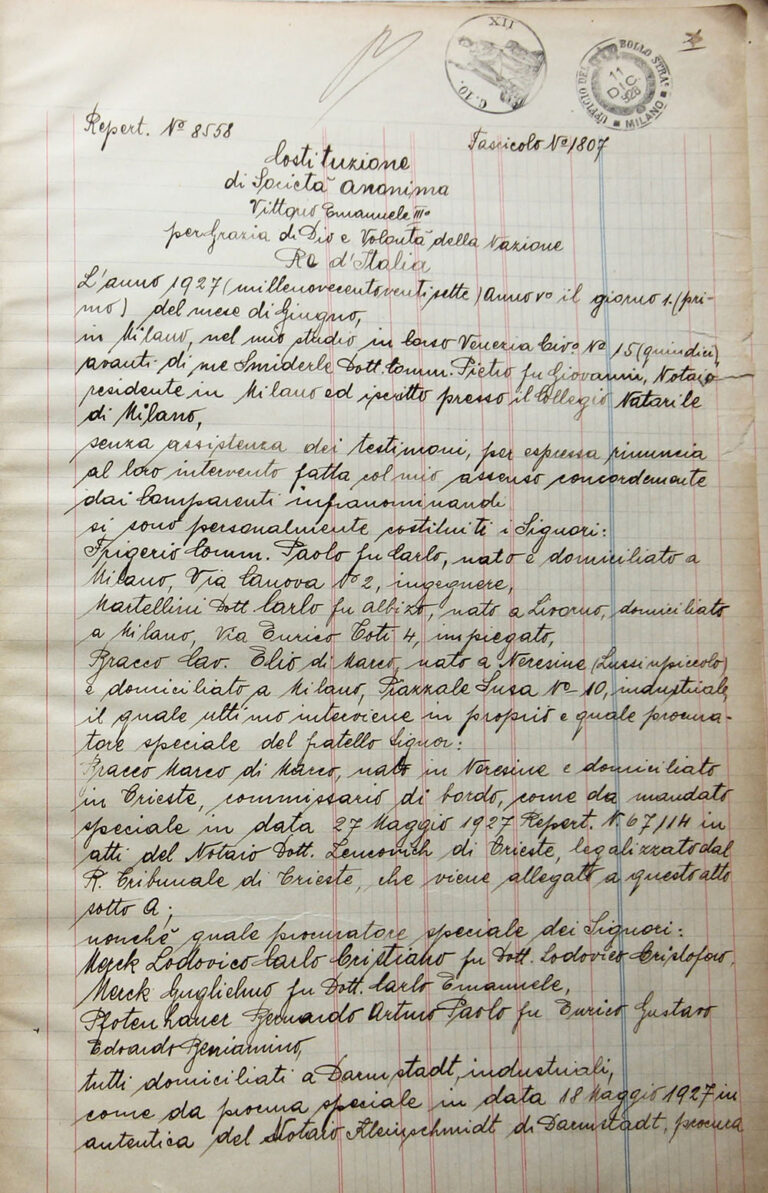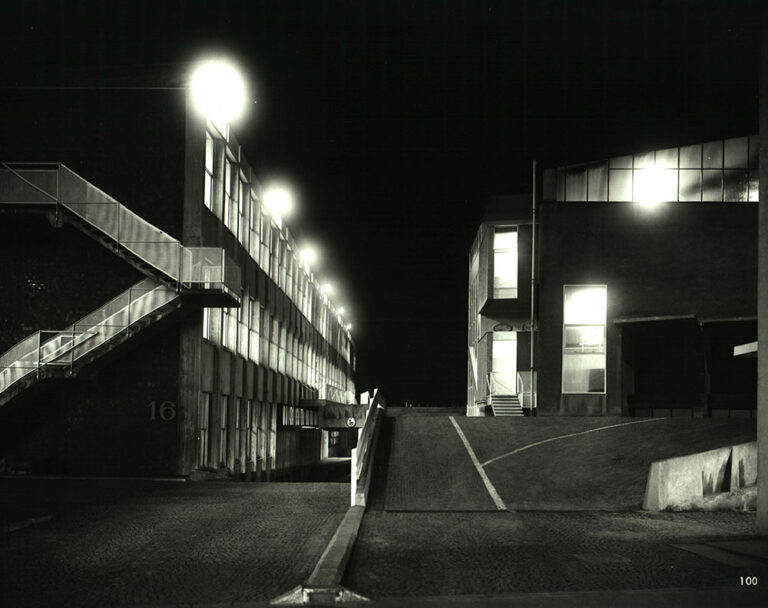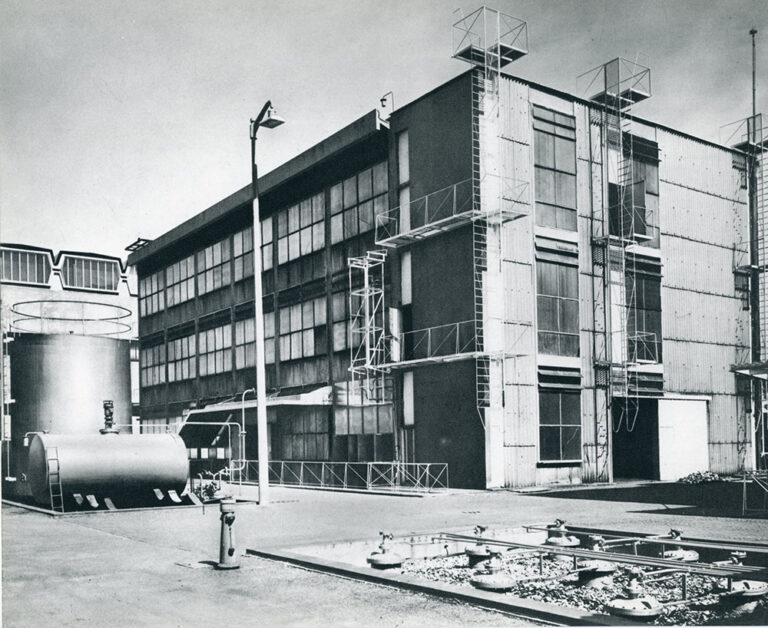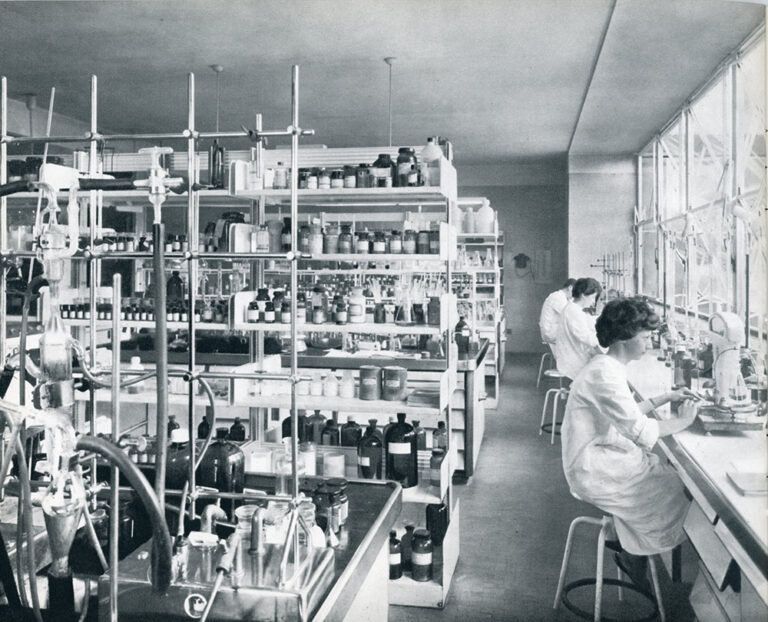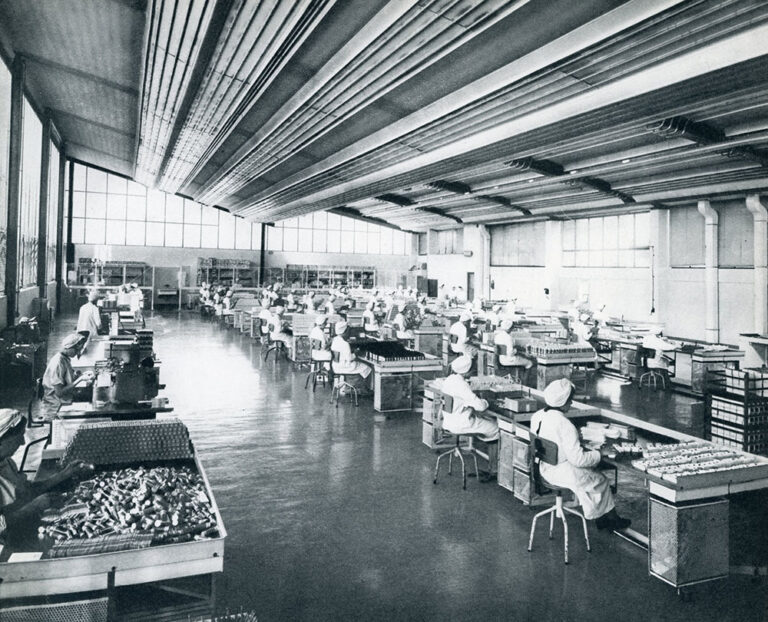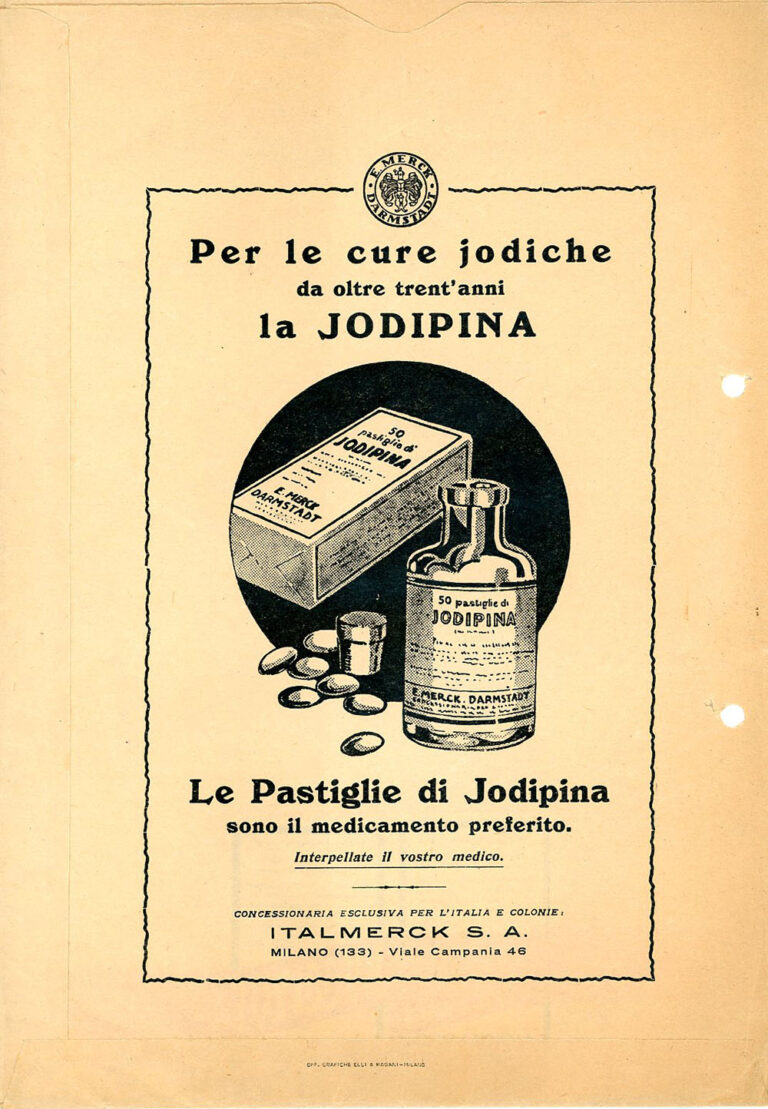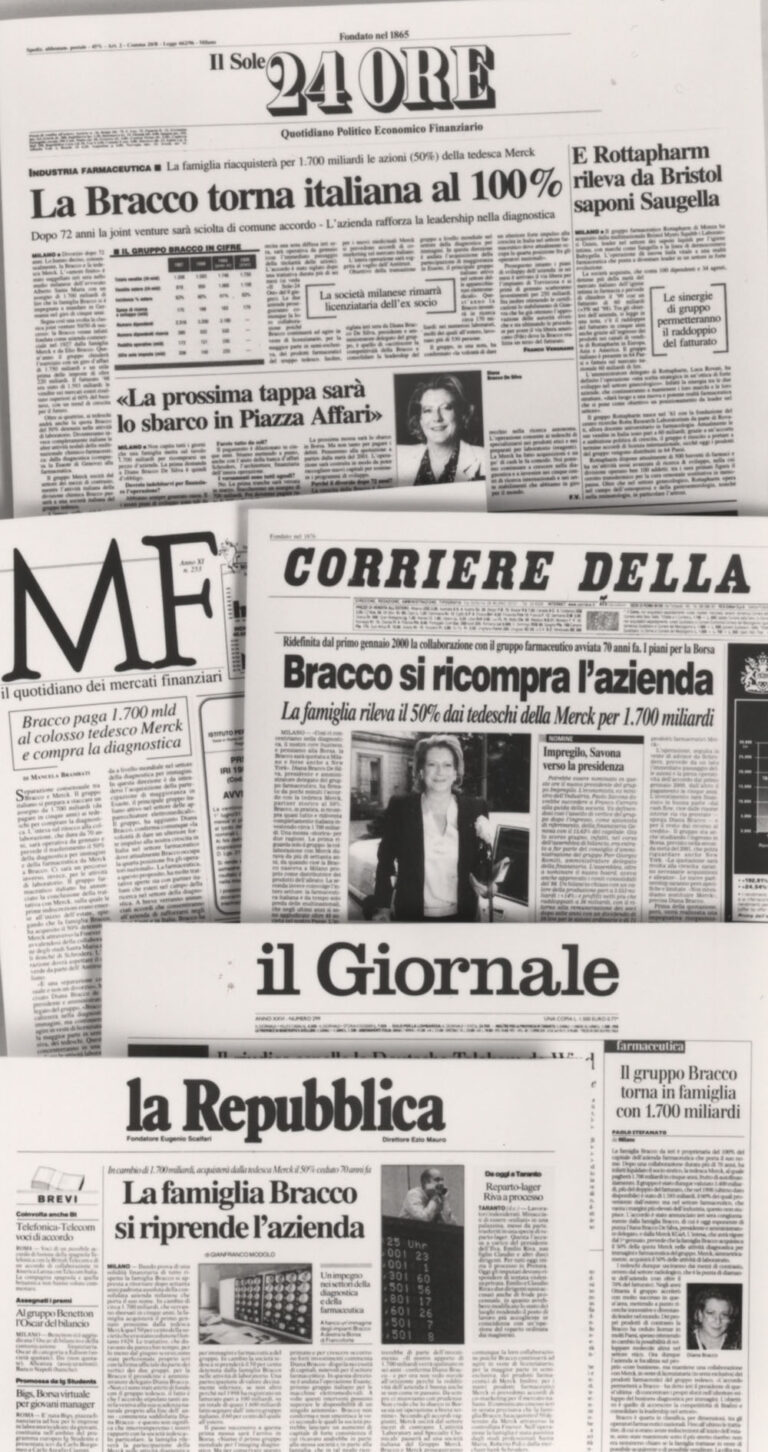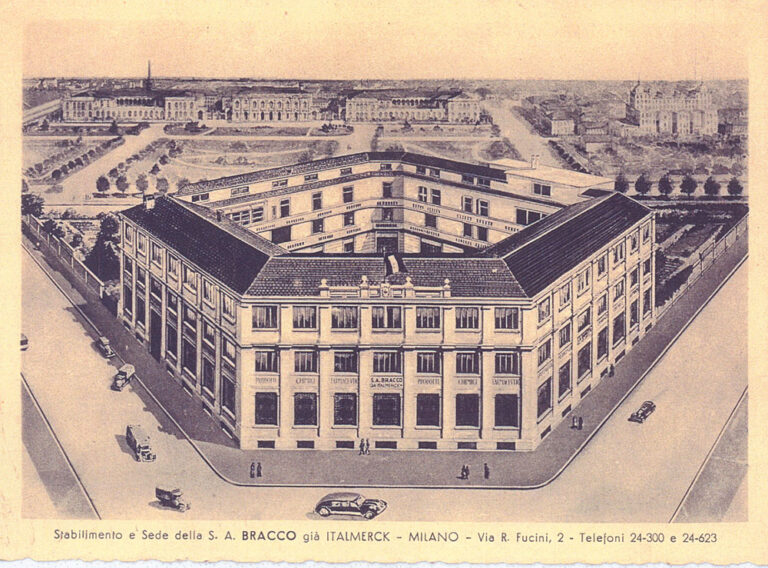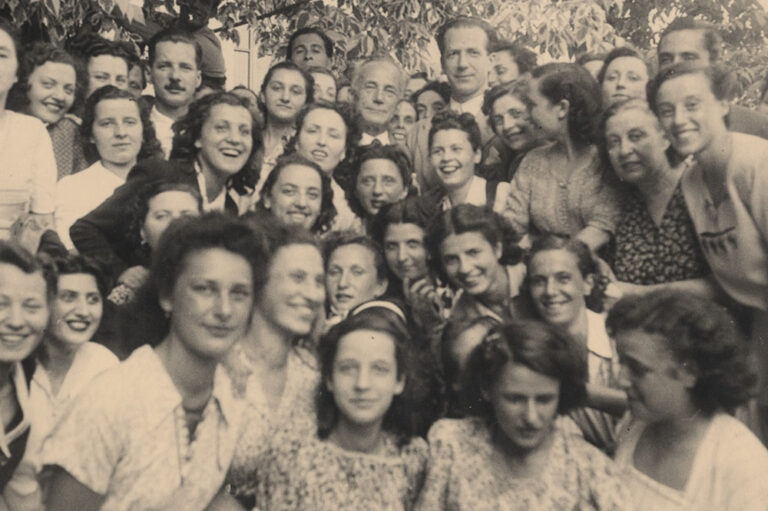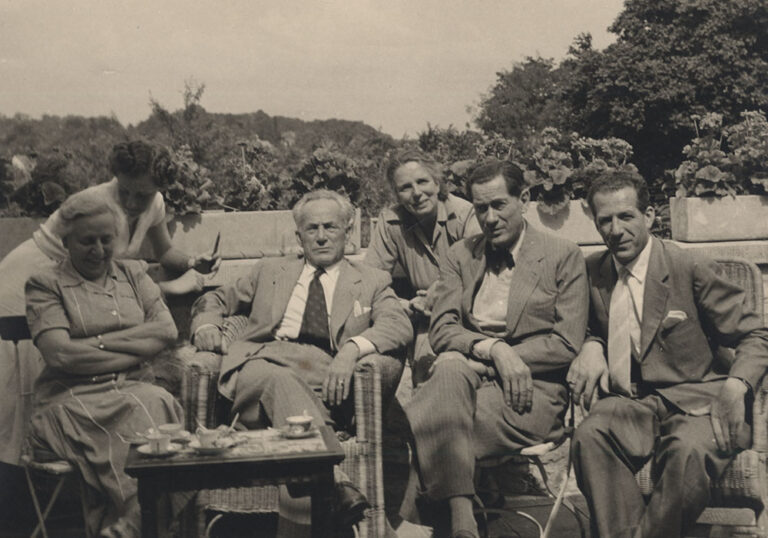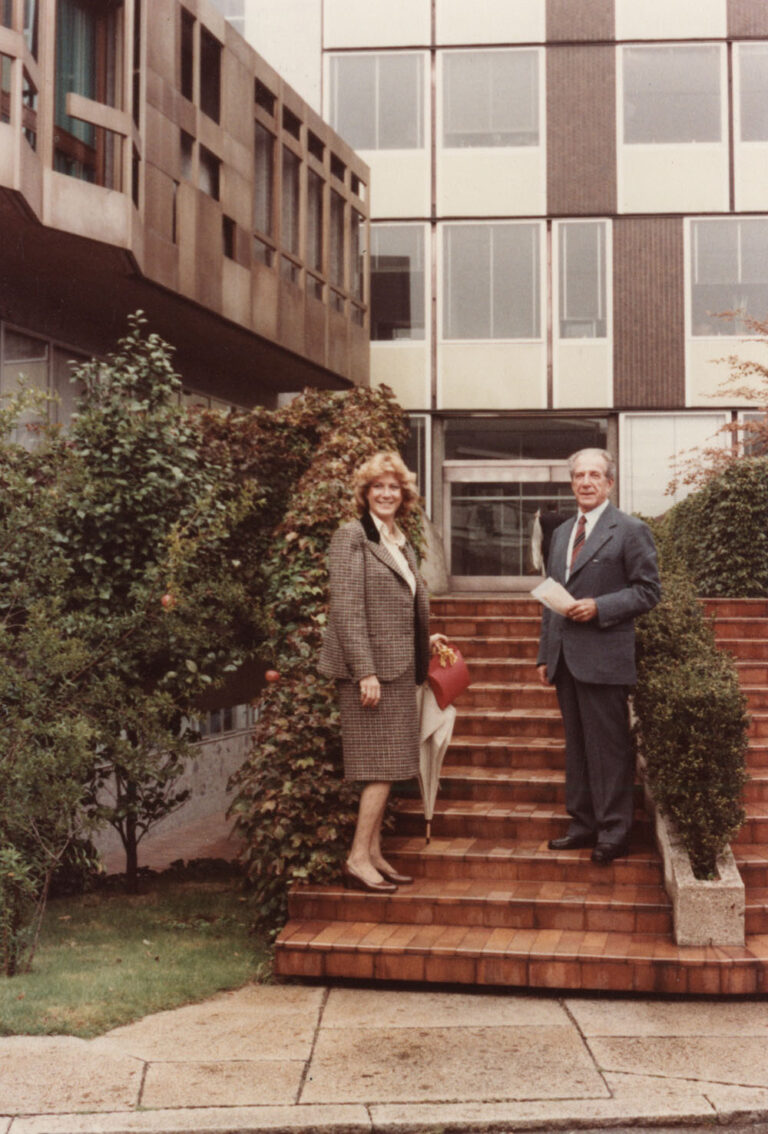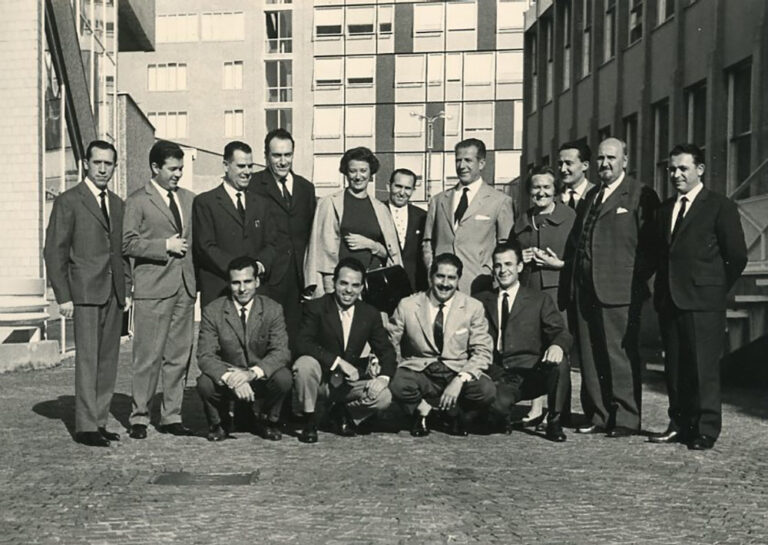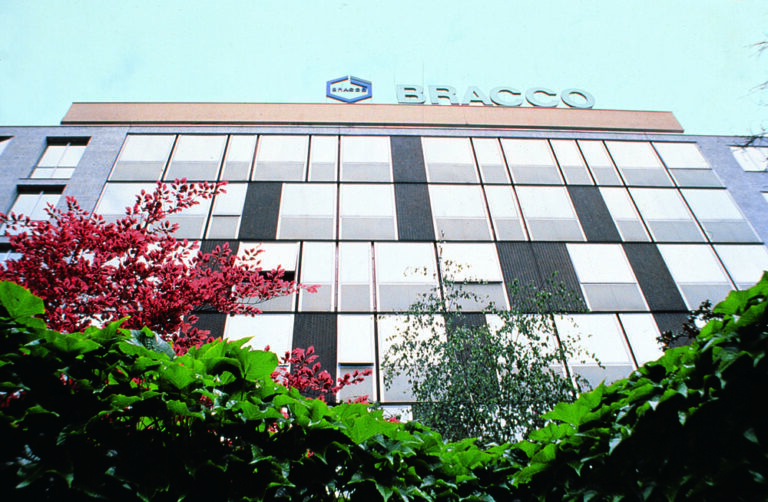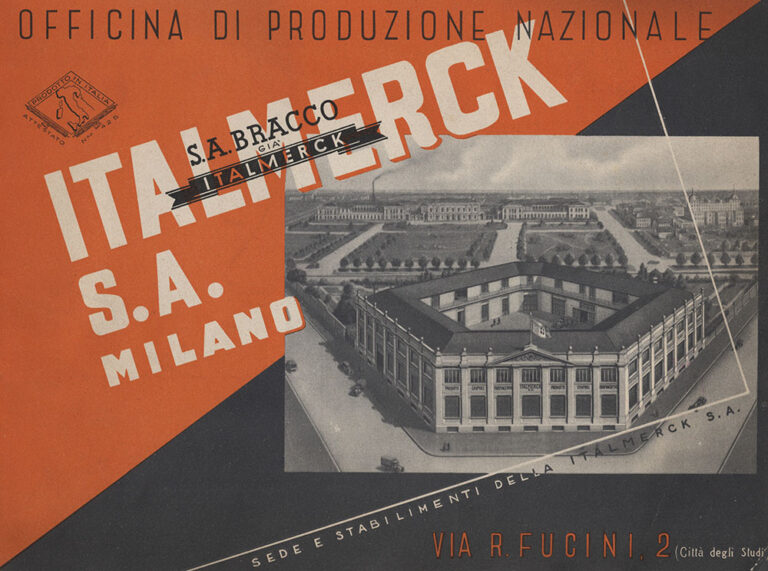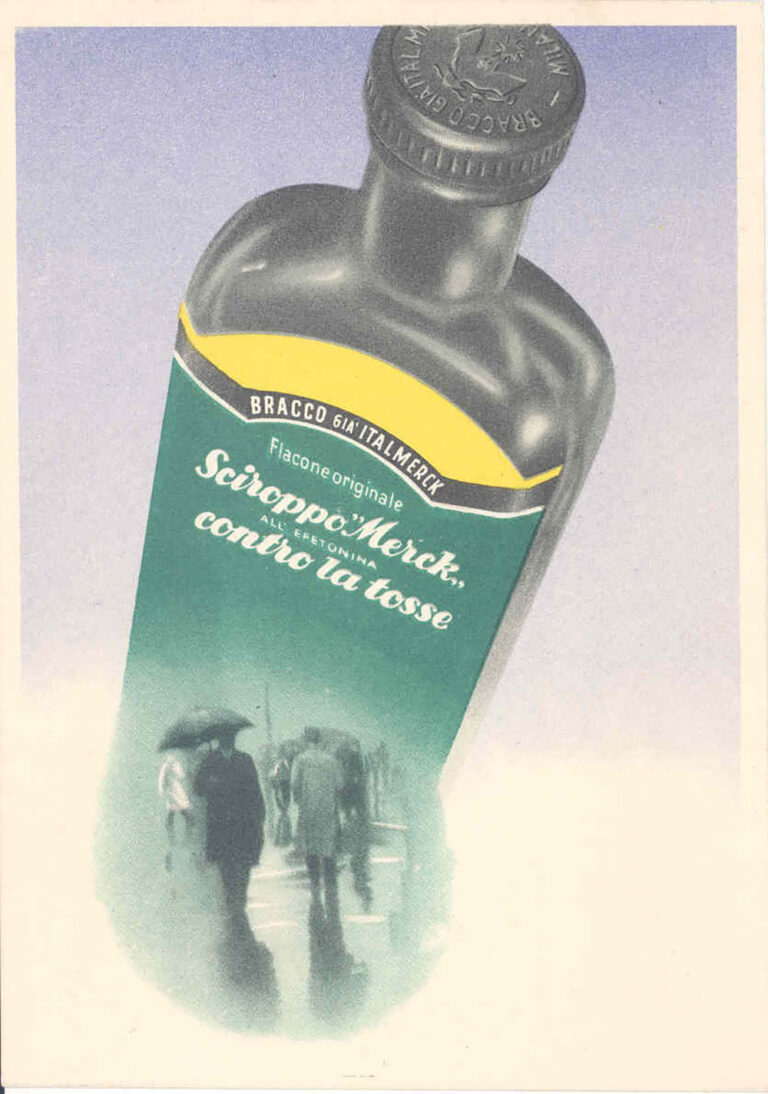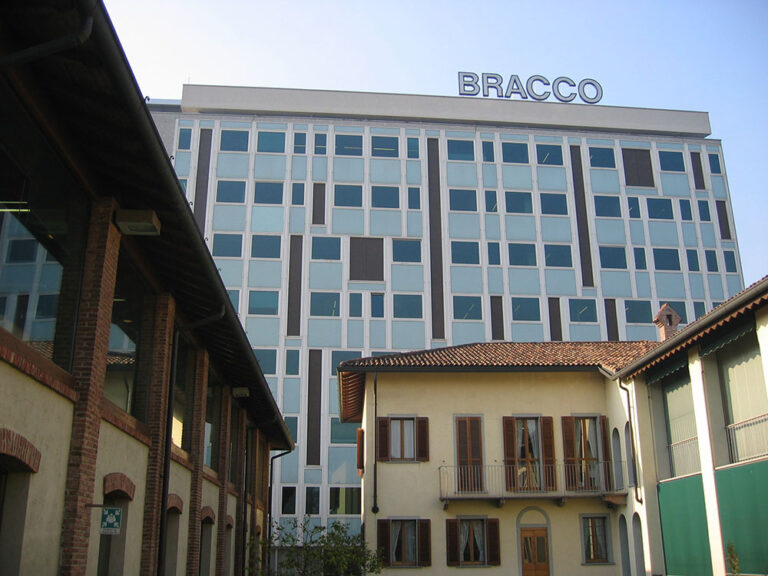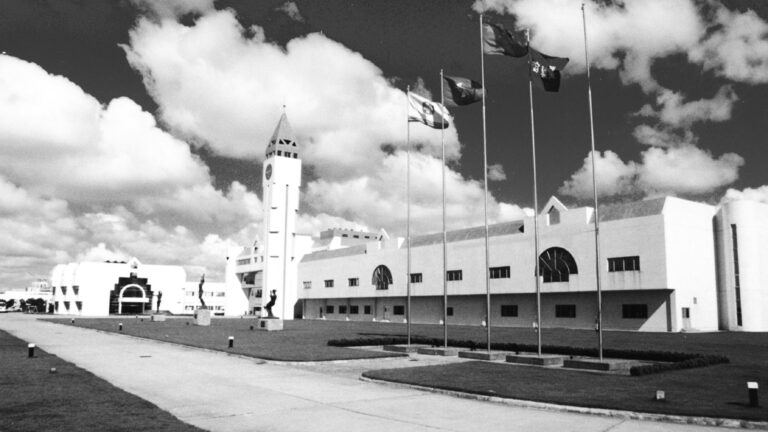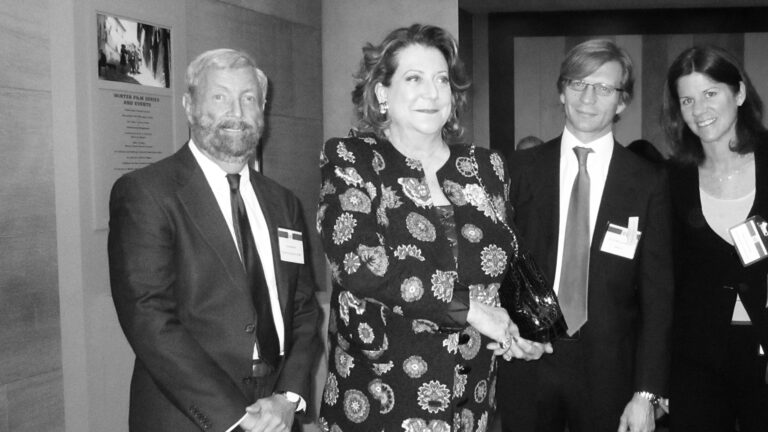
It is sweltering hot in Milan on June 1st, 1927. Summer has arrived early and the muggy weather is beginning to irritate. But there are greater concerns filling the head of a man as honest as he is determined, who has decided to turn the page.
That man is Elio Bracco, ardent irredentist, who had paid the price of his patriotism with two years of detention in an Austrian prison in Graz. He is the grandfather of Diana, current President and CEO of the Bracco Group. During his time in jail, he learned Russian and German, the latter of which helped him form a close friendship with Bernhard Pfotenhauer, who would then become General Manager of the chemical and pharmaceutical group E. Merck in Darmstadt.
Upon moving to Trieste, Elio becomes Vice-Prefect of the city. But what, afterwards, could have convinced him to give up a likely successful career in public service? The desire to look around and seize new opportunities. That opportunity comes from none other than his friend Pfotenhauer, who asks him to represent the German brand Merck in Italy and sell its products.
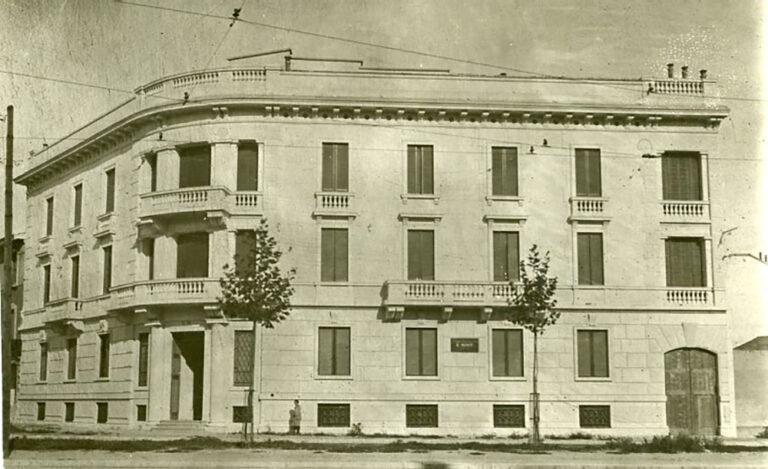
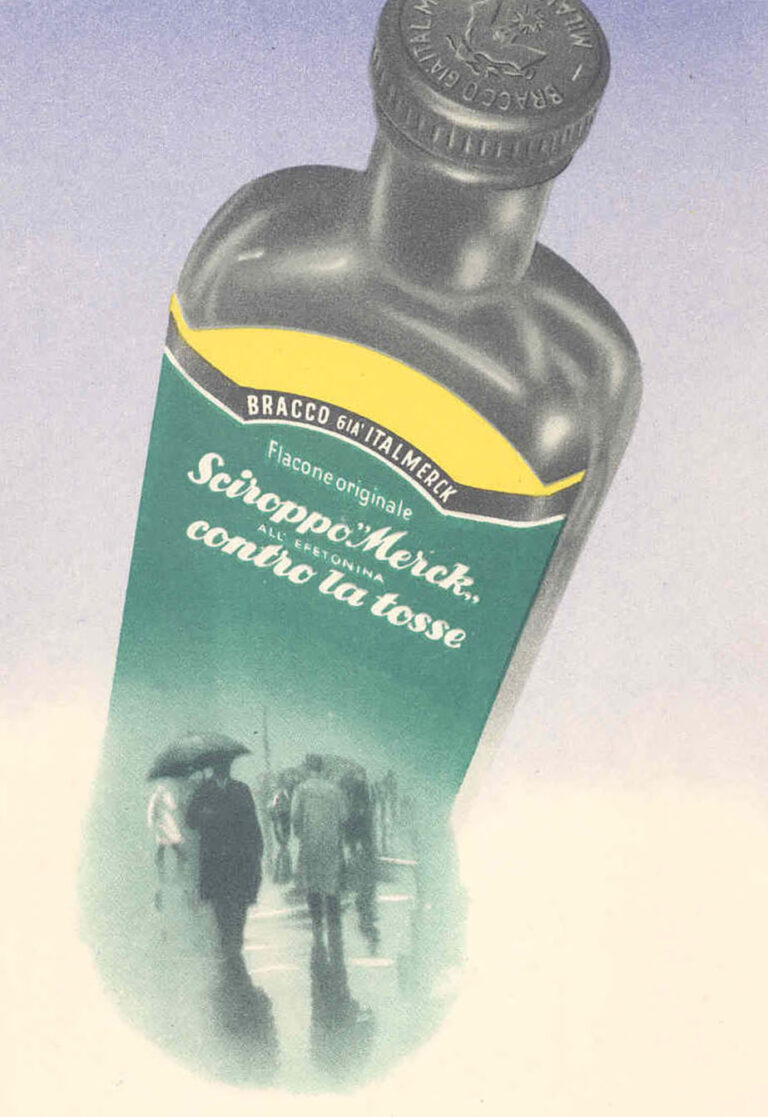
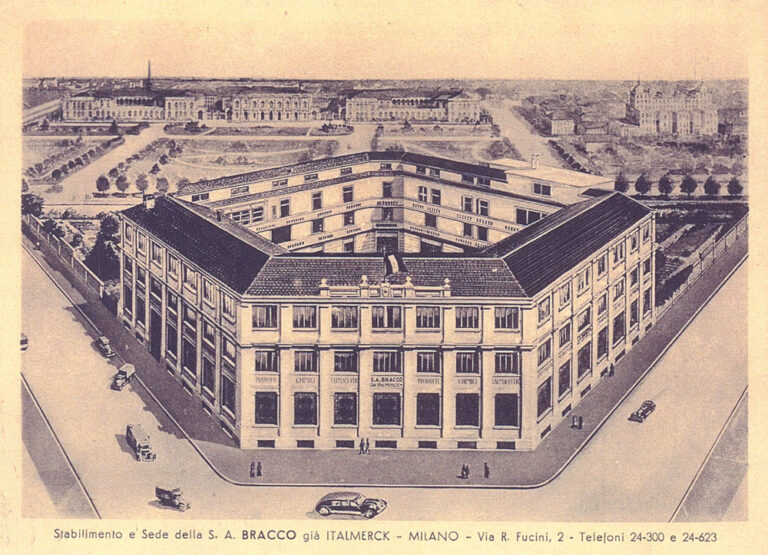
And so, with courage and a quick decision, despite having no experience with medicine, Elio Bracco decides to found the “Italian E. Merck Products Company – Anonymous”, located in Piazzale Susa in Milan, with 300,000 lira in capital and an initial workforce of 5 people responsible for packaging and selling the different specialties. The insightful move pays off: the new company takes off, grows, and rapidly expands its business.
Three years later, the company name is changed to “Italmerck S.A” and it begins to directly prepare some of its products.
An increase in orders, and subsequent hiring of new personnel, makes the construction of a new facility in Milan necessary – it is inaugurated on Via Renato Fucini on November 23rd, 1931. The pentagonal structure of the site will inspire the geometric shapes of the future labels and, over thirty years later, also the company logo, designed and drawn by Fulvio Bracco himself.
